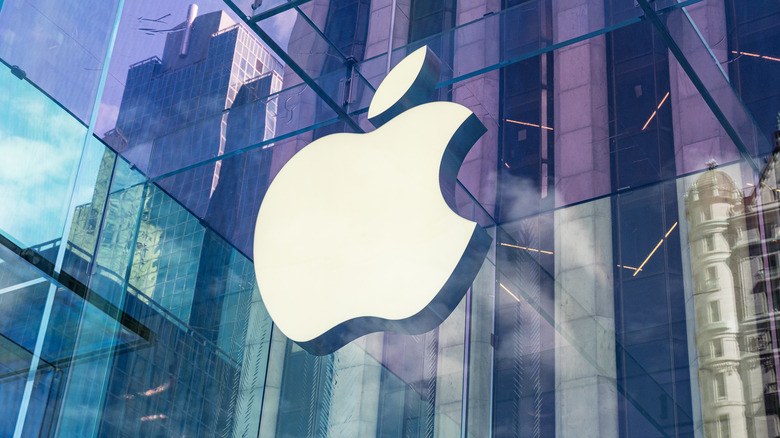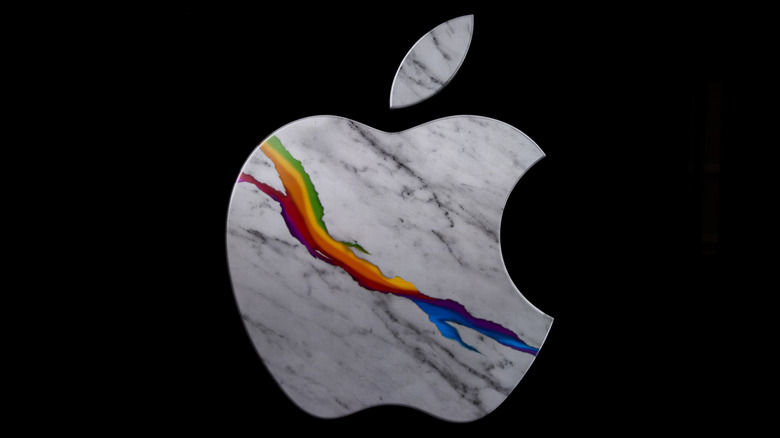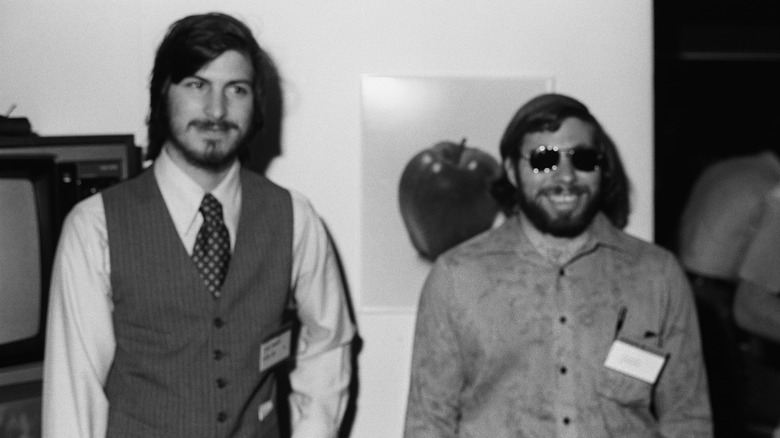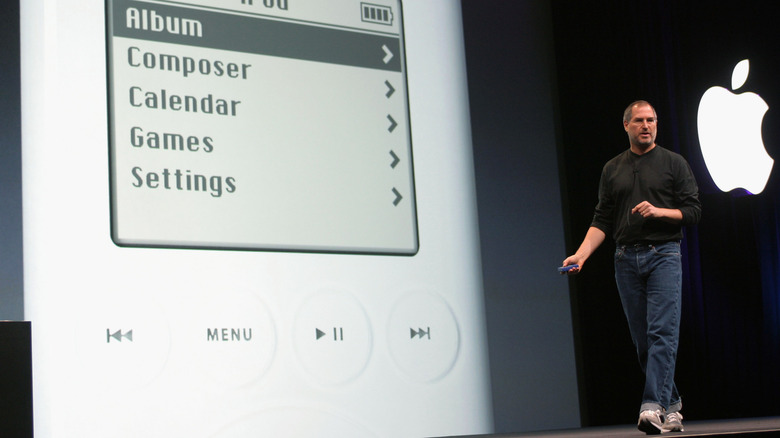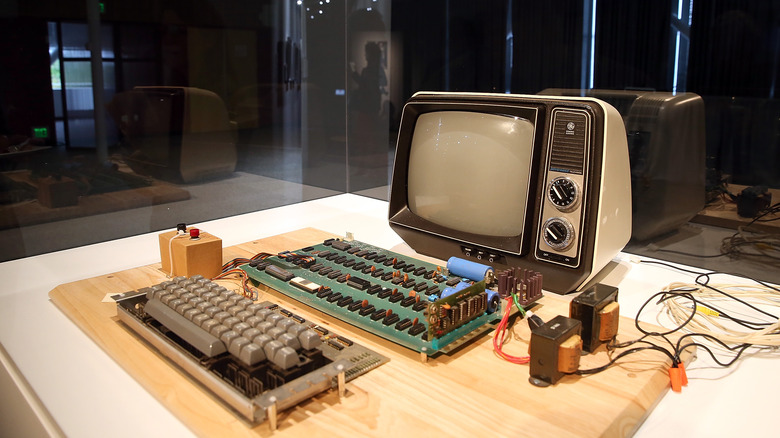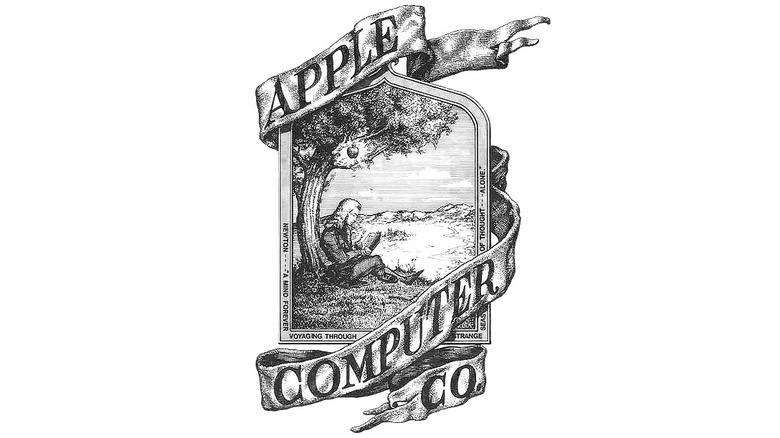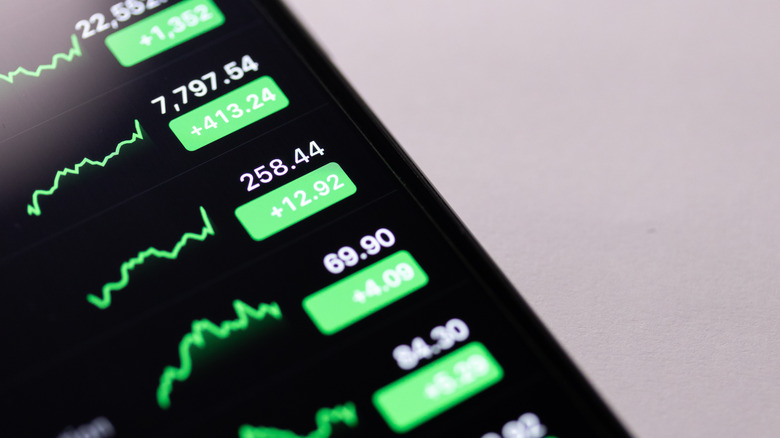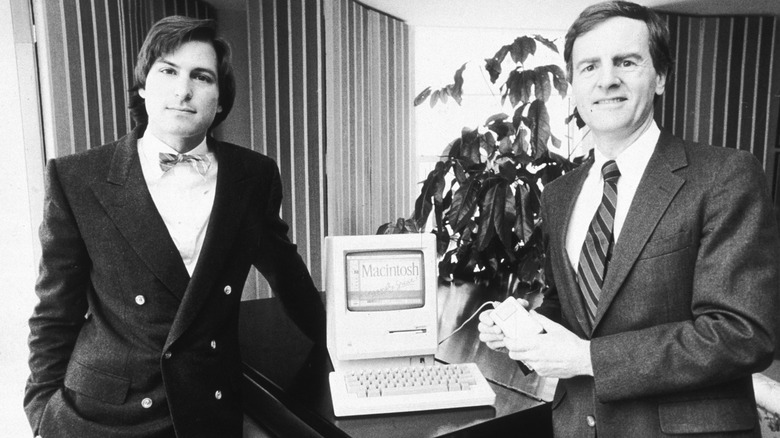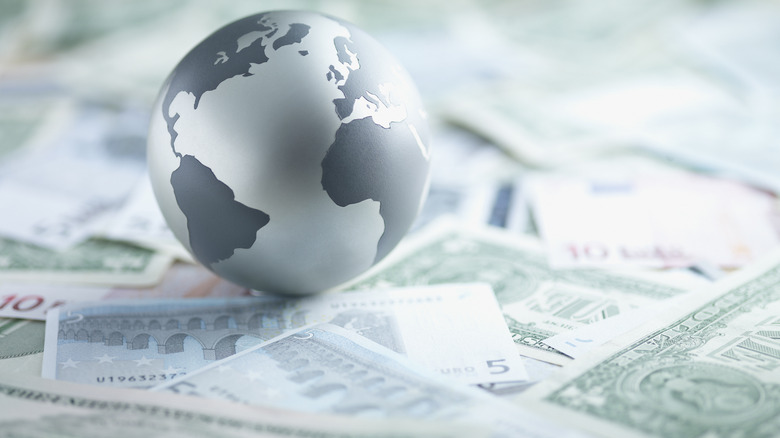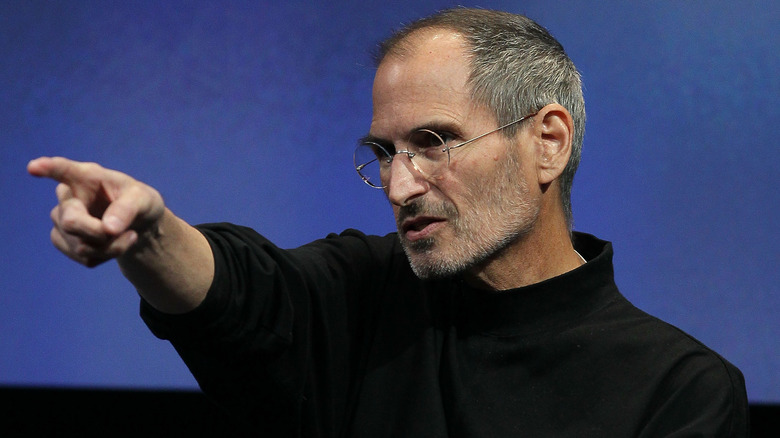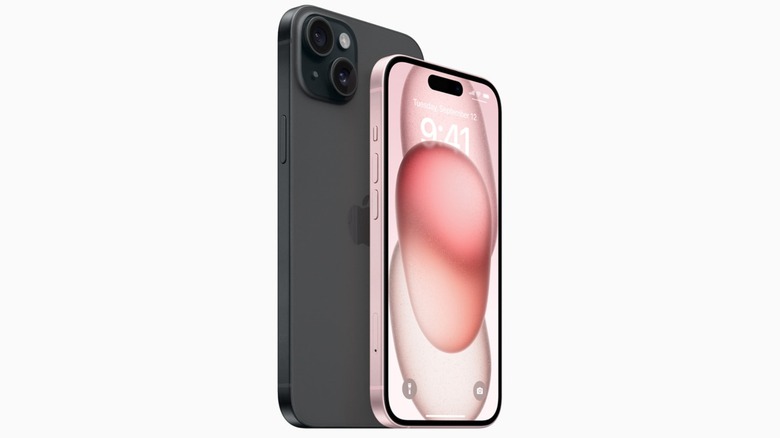10 Little-Known Facts About Apple
Apple — officially known as Apple Inc. — is one of the biggest companies in the world by any metric, and yet there are lots of facts about Apple you probably don't know. We'll explore those little-known facts here, with interesting tidbits of information dating all the way back to Apple's founding and all the way up to today.
Apple was founded as Apple Computer, Inc. in 1976 as a means to market and sell the Apple I desktop computer. The company mostly focused on selling computers into the 1990s, but everything changed when it released the iPod in 2001. That led to the release of the iPhone in 2007, and Apple is now known for manufacturing a range of different products.
For most of its history, Steve Jobs was the driving force behind Apple, but he passed away at the age of 56 after a long battle with pancreatic cancer. The company is now led by Tim Cook – the first chief executive of a Fortune 500 company to publicly declare that he's gay — who has been CEO since Jobs' passing in 2011 and has a different leadership style to Jobs.
Apple's name comes from the fruit
There have been lots of explanations given as to why the company is named Apple. However, the simple truth is that Apple is named after the fruit due to Steve Jobs' love of apples and fruit in general. Jobs considered himself a fruitarian, and followed a fruit-based diet for periods of his life — including after he fell ill with pancreatic cancer. CNN reports that Jobs told his biographer Walter Isaacson that the name sounded "fun, spirited and not intimidating," which made it a good fit for the fledgling company
According to Steve Wozniak, one of the two co-founders of Apple alongside Jobs, the name was inspired by Jobs' visit to an apple orchard in Oregon. However, Wozniak suggested that the apple orchard was "actually some kind of commune," according to Macworld. Regardless, that visit, and Jobs' love of fruit, inspired the name of a company that has now been around for several decades.
As an aside, Apple Inc. endured a years-long battle with Apple Corps, the holding company set up by The Beatles. Both companies were called Apple and both logos featured a profile of an apple, leading to a series of trademark disputes. This ended in 2007 when Apple Inc. acquired all of the trademarks related to Apple.
The third co-founder of Apple sold his stake for $800
While Steve Jobs and Steve Wozniak became household names as the founders of Apple, there was a third co-founder who opted out of the company early — and lost billions of dollars by doing so.
Ronald Wayne worked at Atari alongside Steve Jobs and Steve Wozniak, which meant he was involved in their early discussions about the company. He was older than Jobs and Wozniak, explaining to NextShark that he was often seen as the "adult in the room". With Jobs and Wozniak often disagreeing on computing and business decisions, Wayne was given a 10% stake in the new company to act as a tie-breaker in the decision-making process. Wayne's contributions to Apple included drafting the original partnership agreement, creating the first logo featuring Sir Isaac Newton, and writing the Apple I operations manual.
Wayne exited the company days after forming it due to being somewhat risk-averse and not wholly convinced he was a fit for the business. He was later paid $800 to relinquish his 10% equity stake in the company. Those shares would now be worth many billions. However, Wayne has insisted that he doesn't regret exiting Apple, believing it was the correct decision based on the information he had at the time.
Apple was the third company to be offered the iPod
While the iPod is synonymous with Apple, the idea was actually offered to two other companies first. Thankfully for Apple's sake, those two companies turned it down, whereas Steve Jobs saw the potential in the product which would set Apple off on a different, and very successful, path.
Tony Fadell was the brains behind the iPod. A former employee of both General Magic and Philips, Fadell had a vision to make a better MP3 player. He first approached RealNetworks with the idea of building a premium MP3 player with a better way of buying music. The company declined the offer. He then approached Philips, which also turned down the opportunity. Fadell then spoke to Apple, which decided to support his project. He was taken on as an independent contractor and led the team that built a prototype iPod.
This product, which worked seamlessly with iTunes, was something of a game changer for Apple, with hundreds of millions of units sold. Beyond that, the iPod also led to the creation of the iPhone, which cemented Apple's position as a global brand which hasn't looked back since. Fadell stayed at Apple for almost a decade, and later, co-founded Nest Labs, which has since been acquired by Google.
The Apple I sold for $666.66
Apple's first computer, the appropriately-named Apple I, was released in 1976, and it came with an odd price tag of $666.66. Not only would this be the equivalent of more than $3,000 in today's money, it was also a rather odd asking price. Especially as in Christianity, the number 666 is considered to be so-called the number of the beast, a euphemistic reference to the Antichrist or devil.
However, unlike some online conspiracy theories will attest, this had nothing to do with Satanic worship. Instead, Steve Wozniak has stated that the price point was decided on as he just preferred repeating digits. He has also stated that he had no idea of the relationship between the number and The Book of Revelation when coming up with the price.
As for why the Apple I cost that rough sum of money, it all comes down to profit margins. The wholesale price of the Apple I was $500, so $666 constituted a markup of 30 percent. The 66 cents on top of that wasn't important in any way except to catch people's eyes in advertisements. With the local computer store, The Byte Shop, agreeing to purchase 50 fully-assembled units for $500, the numbers all aligned.
Apple's first logo featured Sir Isaac Newton
Apple's logo has evolved over the decades that the company has been in business. However, the biggest change occurred between the first and second logos. The first logo, designed by the aforementioned Ronald Wayne in 1976, included an illustration of Sir Isaac Newton sitting under an apple tree. This is due to his association with an apple falling from a tree (and inspiring the discovery of gravity). The logo also features Apple Computer Co. on a banner wrapped around the drawing.
This logo only lasted for a year, with Steve Jobs deciding a rebrand was needed as early as 1977. He considered the first logo to be too old-fashioned and not easy to print on a smaller scale. So he hired Rob Janoff, an experienced designer, to design a new logo. That new logo was the profile of an apple with a bite taken out of it that we're all now achingly familiar with. The first version featured the colors of the rainbow, but that was consequently simplified further into single colors such as gray, silver, and white.
Apple was the first company to $1 trillion
In 2018, Apple became the first private company to hit a market value of $1 trillion. This came 42 years after Apple was founded, and 117 years after US Steel became the first company to be valued at $1 billion in 1901. As amazing as Steve Jobs' tenure at Apple was — especially after his return in 1997 — it was his successor Tim Cook that led them to this monumental moment.
Apple's share price quadrupled between 2011 when Cook took over from Jobs after his resignation due to ill health. At the moment the price hit $207.05, Apple became the first $1 trillion private company in the world.
Some believe that PetroChina beat Apple to a $1 trillion market cap, but its valuation is considered unreliable due to only 2 percent of the company's shares being publicly traded. Either way, Apple now has a market cap north of $2 trillion, and at one point, it topped $3 billion. However, at the time of writing, it's only the second most valuable company in the world, with Apple's arch rival Microsoft holding the top spot.
Apple fired Steve Jobs from the company in 1985
Despite being the co-founder of the company, Apple fired Steve Jobs in 1985. To rub salt into the wound, Jobs actually hired the man who would go onto fire him. That man was John Sculley, the CEO of PepsiCo, who was hired as CEO due to the board of directors not feeling that Jobs was ready for the job. Jobs was fired after falling out with the board of directors when two Apple products, the Macintosh and Lisa, failed to live up to expectations.
However, Jobs returned to Apple in 1997 after the company acquired NeXT, the company Jobs launched after his ousting 12 years earlier. The board made Jobs CEO, and in that role, he went on to be instrumental in turning Apple's fortunes around.
Jobs stayed at the company from 1997 until his untimely death from pancreatic cancer in 2011. At the point he passed away, Apple had become a world beater, with new and innovative products making it a household name, and even the Mac being a success. Meanwhile, the Lisa remains a footnote in the history of Apple.
Apple is wealthier than all but a handful of countries
Apple's astounding market cap (short for market capitalization) means it's wealthier than all but a handful of countries. A company's market cap represents its total value based on the outstanding shares of stock. Which makes it the closest thing we have to compare it with a country's GDP (gross domestic product).
The countries that Apple can be considered wealthier than change as both Apple's market caps and the GDPs of countries do, but the Cupertino-based company is consistently in the top 10. Which, given that there are around 195 countries in the world, is mightily impressive.
In January 2022, Apple became the first company to hit a market cap of $3 trillion. At that point, it was more valuable than all but the six largest economies in the world, including the U.S., China, and Germany, which means it beat big hitters such as France and Russia. Apple obviously isn't alone in this, with Microsoft, Nvidia, Amazon, and Alphabet being other companies that compete with entire countries for wealth.
Steve Jobs only took a salary of $1 per year
For the decade plus change after he returned to the company, Steve Jobs only took a symbolic salary of $1 per year. This was despite pushing the company into new areas and increasing its stock price massively.
Opinions on why Jobs did this differ, with theories ranging from it was his way of showing how much he cared for the company he created to ensuring both he and his family could make use of Apple's health plan. However, the key is that Jobs didn't need to be paid a salary. He owned millions of shares in Apple, and they continued to grow in value throughout his tenure as CEO.
Jobs was one of the first CEOs to opt for a symbolic $1 salary, but he isn't alone in doing so. Other notable examples include Larry Ellison at Oracle, Mark Zuckerberg at Meta, and Elon Musk at Tesla. The idea of taking a $1 per year salary dates back to World War I. The U.S. Government is forbidden from employing unpaid volunteers, so businessmen keen to help the war effort were given a nominal salary. This is how financier Bernard Baruch came to manage the War Industries Board for just $1 per year.
Apple products are usually pictured with a time of 9:41
Official images of Apple products almost always have the time set to 9:41. Once you notice it, you'll see it every time. But why 9:41am specifically?
This tradition dates back to 2007 and the reveal of Apple's iconic first iPhone. In a dress rehearsal of the keynote presentation, it was noted that the iPhone reveal would occur around 40 minutes in. And given that the presentation began at 9:00 am, that meant the iPhone would be revealed at around 9:40am. Add a minute or two in case of delays, and you get to 9:41.
Therefore, the promotional materials that would flash on screen behind Steve Jobs showed the iPhone with 9:41 as the time. Some early promotional images actually show 9:42, but 9:41 has become the standard for Apple ever since, despite new product reveals now happening at different times during keynote presentations.
The days of Jobs' using his signature "One more thing" line to reveal a surprise product at the end of presentations are long gone, but having 9:41 shown on the displays of new products with screens seems set in stone.
